What the Pandemic Taught Us About Urban Forests and Public Health
The COVID-19 pandemic and associated lockdowns have provided a clear demonstration of the powerful public health benefits offered by urban green space.
April 12, 2021 | Alec Sabatini
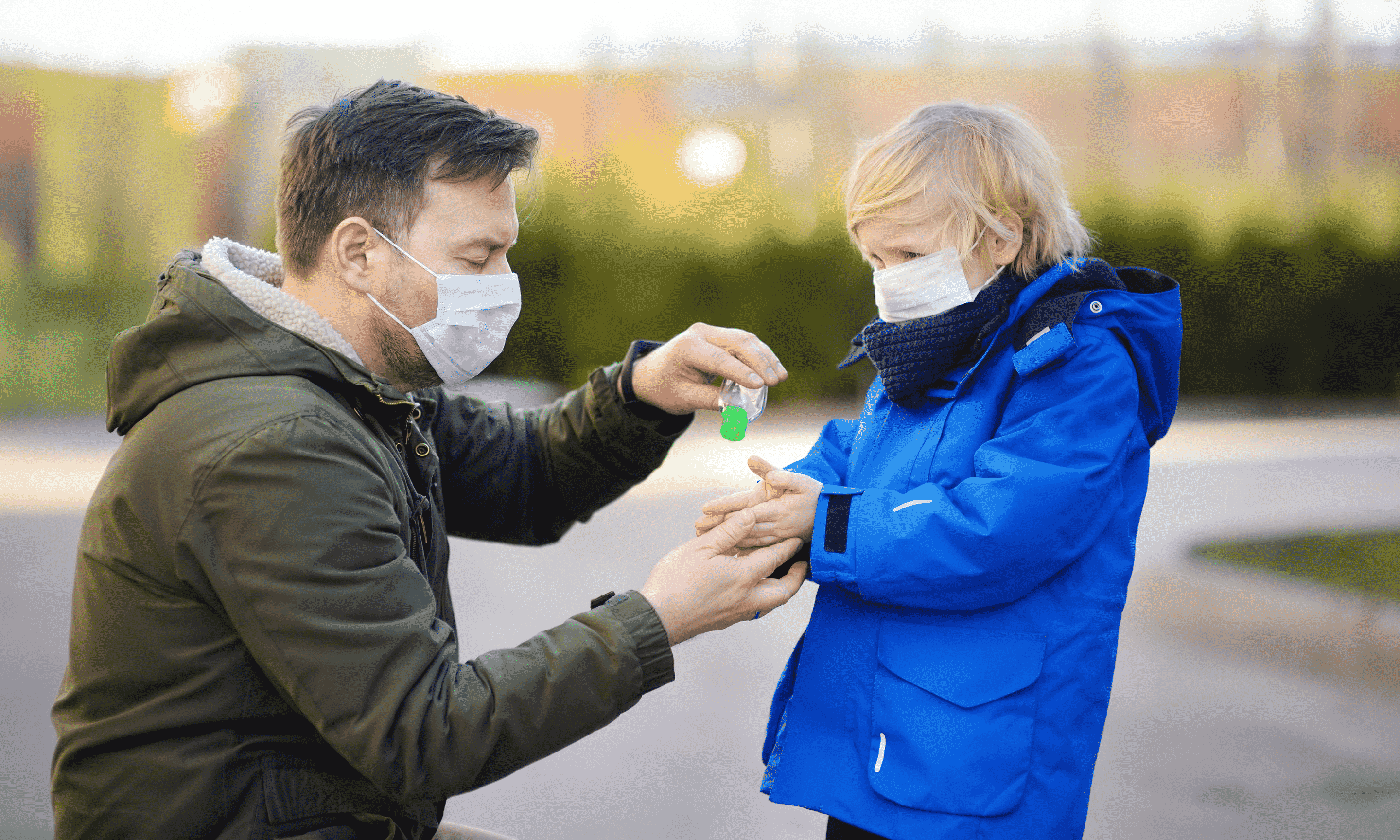
The COVID-19 pandemic has provided fresh insight into the public health benefits of urban forests, and further strengthened the case for urban green space to be considered critical infrastructure.
While human health is widely accepted as one of the many benefits of urban forests, positive public health impacts are often harder to quantify and extrapolate compared to other benefits like stormwater reduction or energy savings. The more intuitive and quantifiable nature of these benefits can lead them to have a larger influence in urban forest management decisions.
However, as data collected during this pandemic shows, public health is a major asset of well-maintained urban forests and should not be undervalued during forest management planning.
Increased Urban Forest Visitation
As lockdown restrictions started in the Spring of 2019 visitation to urban green spaces began to increase around the globe. The rise in usage varied nationally and regionally, with some parks seeing double the amount of visitors while areas with the strictest lockdown regulations did see periodic drops in visitation.
This influx of visitors included new groups of users who did not previously frequent forests, parks, or gardens, including more younger visitors and families with children.
This visitor spike can partially be explained by an increase in free time, as many had commute times disappear with a transition to working from home. The other likely motivation was that people began to seek out urban green space to reduce the negative impacts caused by the stress of quarantine and the pandemic.
Urban forests and other natural areas were often the only safe communal recreation space left open. People were drawn to urban green spaces as a vital source of diversion and decompression.
Surveys have shown an increase in the public’s prioritization of green space as a service by local governments and a growing willingness to join a movement advocating for more green space.

Perceptions of Urban Forests Changed Too
Not only are more people visiting urban green spaces, but their attitude towards such spaces are changing as well. One survey from New York City showed 80% of respondents consider urban parks as very or extremely important for physical health, and an even higher percentage (88%) for mental health. In the same survey, “trees/shade” was ranked as the second most important park feature after “places to walk/trails”.
Another survey found that over 80% of participants had increased or significantly increased the value they put on urban forests and other natural areas. It is clear that substantial portions of the public are looking at urban forests in a new and valuable way.
That behavior shift can and should be capitalized on by forestry departments looking to grow their public engagement presence and to build support for expanded forestry programs. Surveys have shown an increase in the public’s prioritization of green space as a service by local governments and a growing willingness to join a movement advocating for more green space.
Pandemic Lessons for Urban Forest Management
While the unique circumstances created by the COVID-19 pandemic are thankfully temporary, there are some important lessons that urban forest managers should take into account moving forward.

Public Health and Forestry Partnerships
The pandemic provided compelling new evidence for urban forests as critical infrastructure. This experience should be used during future policy decisions, and encourage more cross-program collaboration, especially with public health.
A strategic coalition of public health and forestry interests could help win more political and financial capital for future projects.
Health care institutions can also be a sponsor for urban forestry initiatives, like tree planting programs, that are tied directly to public health improvements.
For example, the Parks and Recreation Department of Little Rock, AR funded a health and fitness-focused trail called the Medical Mile with support from the state’s largest cardiac clinic, local hospitals, and the Arkansas Dept. of Health. The trail sees over 2 million annual visitors who pass murals with inspirational messages on fitness and nutrition as they recreate.
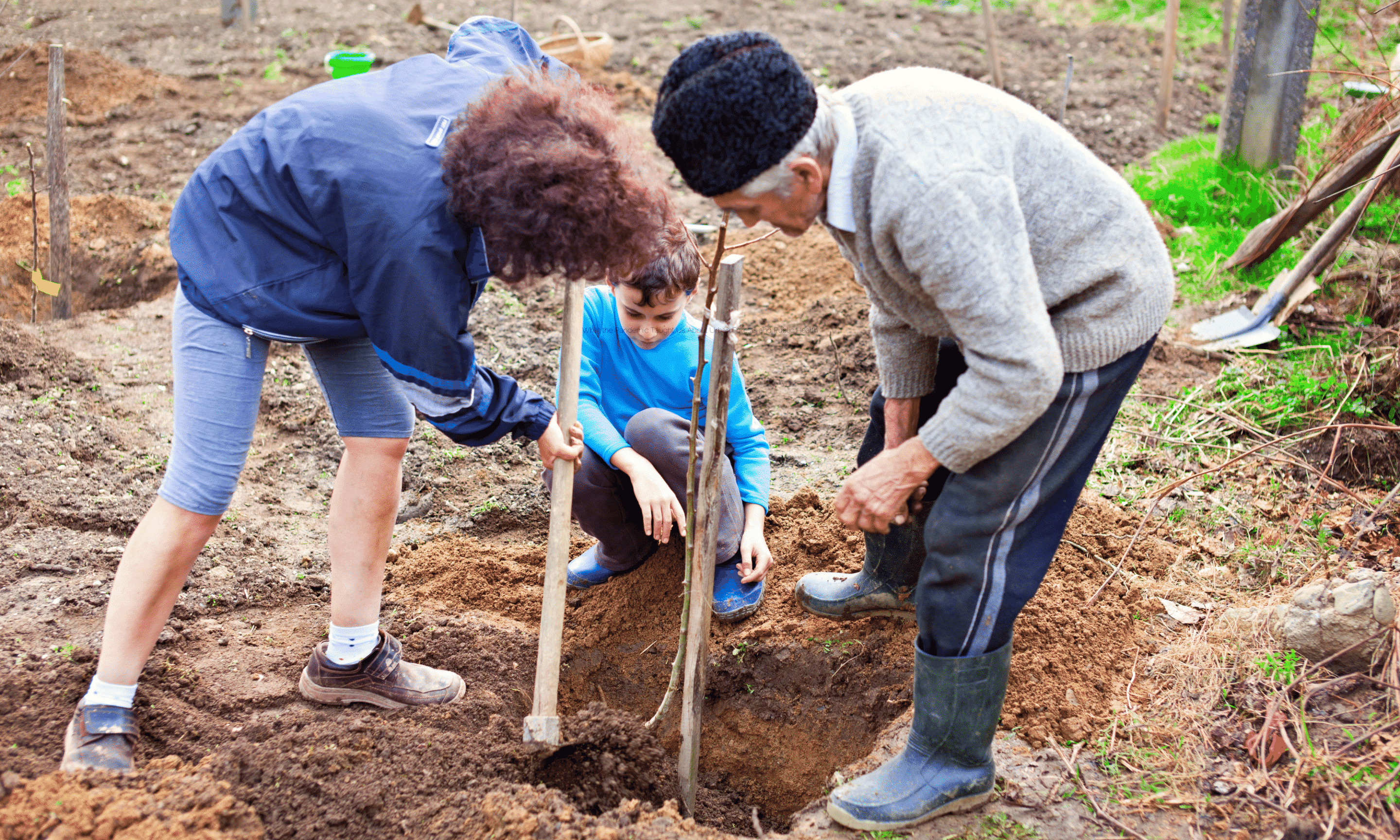
Public Health and Tree Planting Prioritization
In determining the ideal location for new tree plantings it is important to identify which areas should be prioritized to best address the issues at hand. Within the context of an Urban Tree Canopy Assessment, planting prioritization is usually informed by several layers of geospatial data, such as air quality, energy savings potential, and impermeable surface area.
The optimal planting space for stormwater reduction will often focus on adjacent impervious surfaces while proximity to homes and businesses is better for energy savings. Planting prioritization for public health may require focusing on different areas, i.e. larger, publicly accessible greenspace that can be used for social interaction and exercise.
The point being, planting prioritization can look quite different depending on which factors are being focused on. Urban forest managers and arborists should keep this in mind as they consider what the most pressing needs of their communities are during forest management planning.
Supporting Urban Forests Around the World
PlanIT Geo™ specializes in supporting urban forest management with evidence-based solutions, including prioritizing the planting areas that best serve your community’s needs and goals.
Related Resources
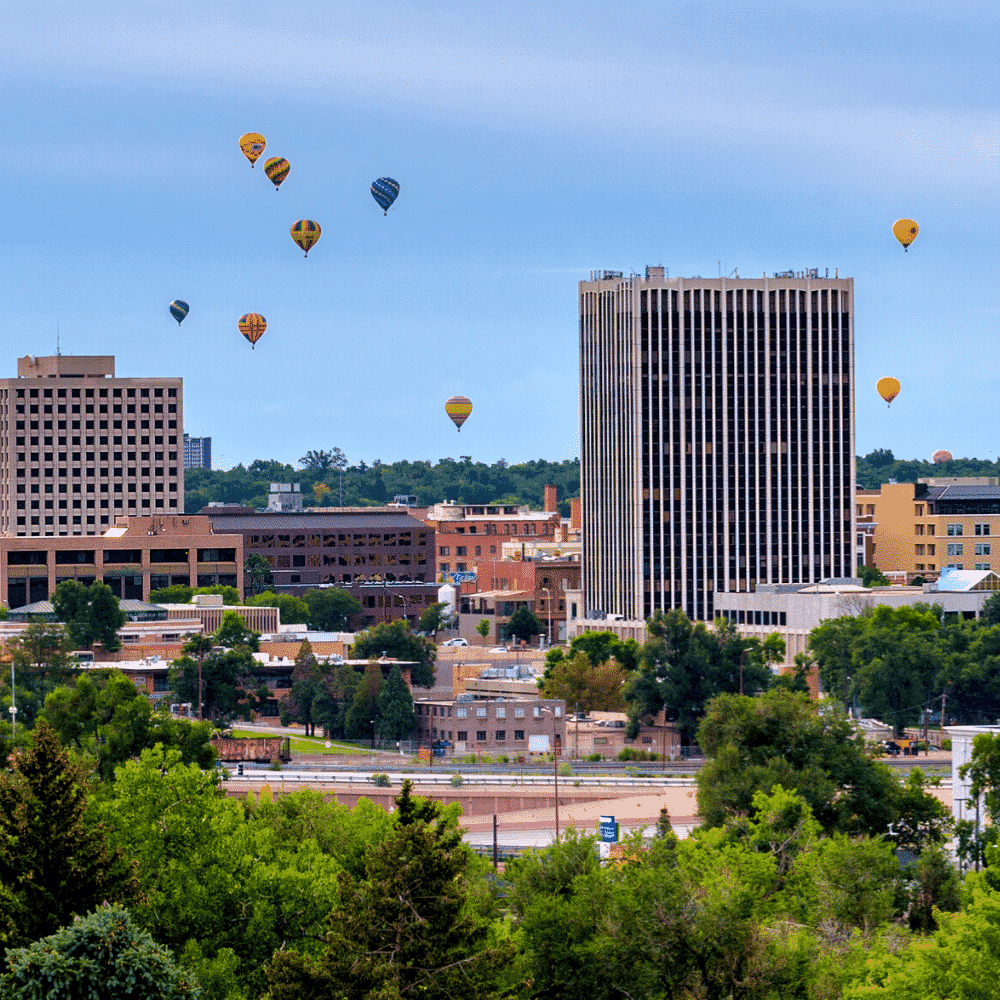
Urban Tree Canopy Assessment Report
The urban forest in Colorado Springs is a valuable asset that provides residents and visitors with many ecological, environmental, and community benefits.

Urban Tree Canopy Assessments Blog Series
In this 4 part series you will learn what an urban tree canopy assessment is, how it is conducted, and the numerous benefits for your community.
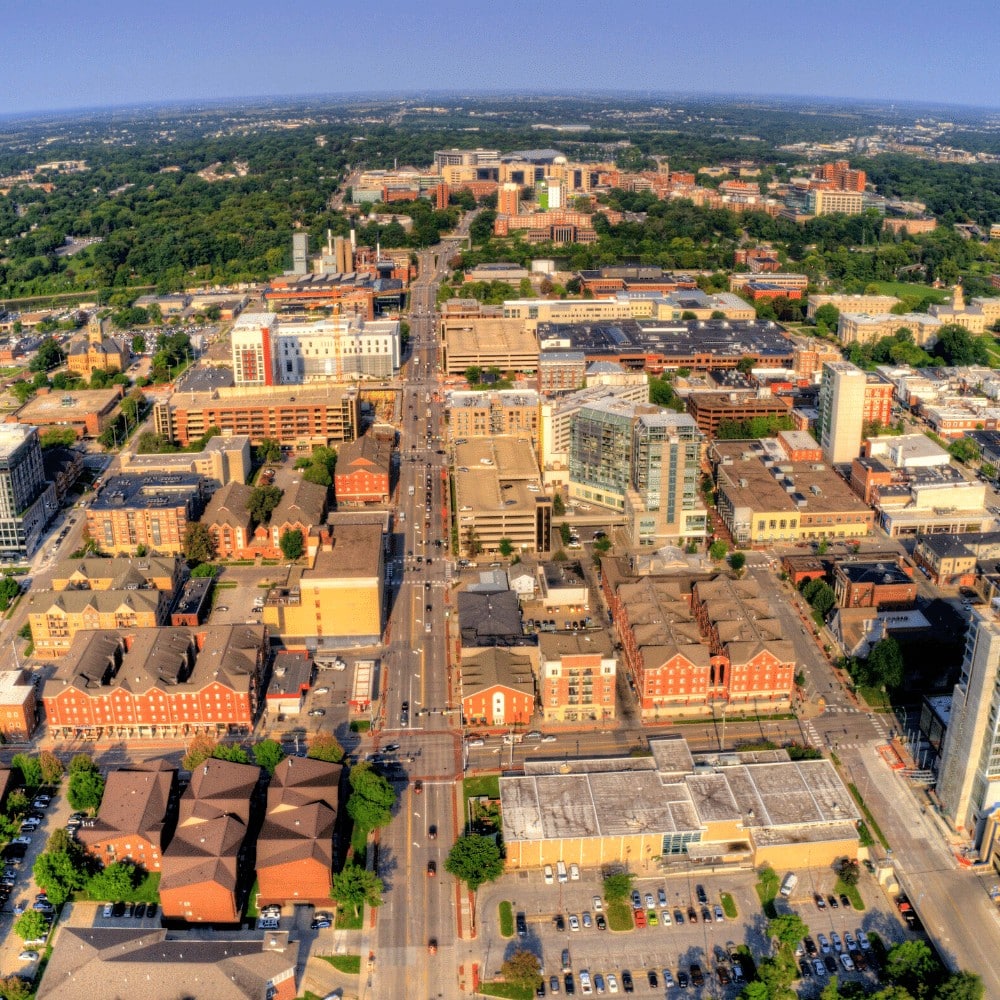
Growing Your Greenspace
Iowa City invested in a tree inventory with PlanIT Geo™ to grow and manage its greenspace.
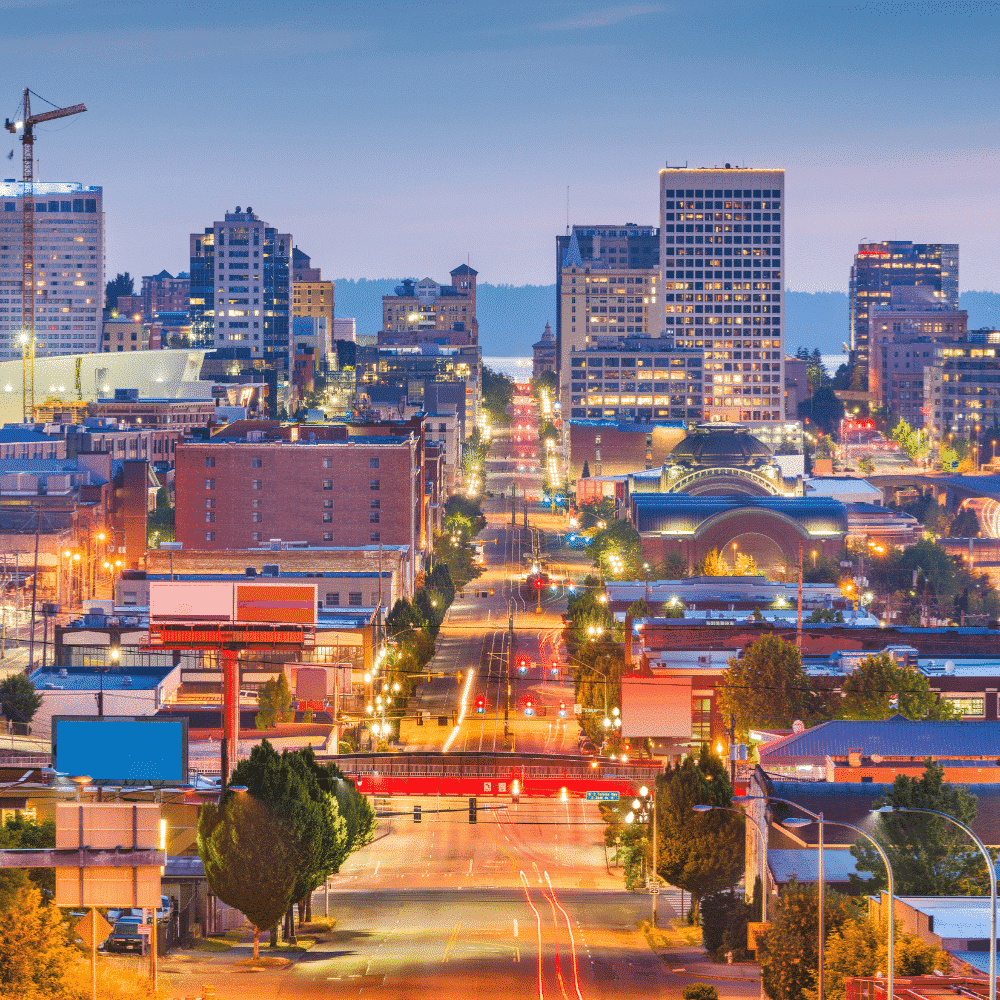
Urban Forestry Management Plan
Tacoma’s urban forest is a valuable asset that, if planned well and cared for properly, will support the health and well-being of the community for generations to come. A healthy urban forest contributes to vibrant, vital, and sustainable communities while promoting public health and safety.
Stay Up To Date With The Latest News and Events
Join Our Community
Stay informed on the urban forestry industry with our monthly TREEbune newsletter, live webinars, and industry-specific content delivered to your inbox.
Urban Forestry Webinars
PlanIT Geo has a substantial on-demand webinar library. Get CEU credits, grow your knowledge base, and stay current on cutting edge industry technology.
Follow Us
We love to share industry-related news, software tutorials, blogs, and company news across our social channels.
Stay Up To Date With The Latest News and Events
Join Our Newsletter
Stay informed on the urban forestry industry with our monthly TREEbune newsletter, live webinars, and industry-specific content delivered to your inbox.
Urban Forestry Webinars
PlanIT Geo has a substantial on-demand webinar library. Get CEU credits, grow your knowledge base, and stay current on cutting edge industry technology.
Follow Us
We love to share industry-related news, software tutorials, blogs, and company news across our social channels.
